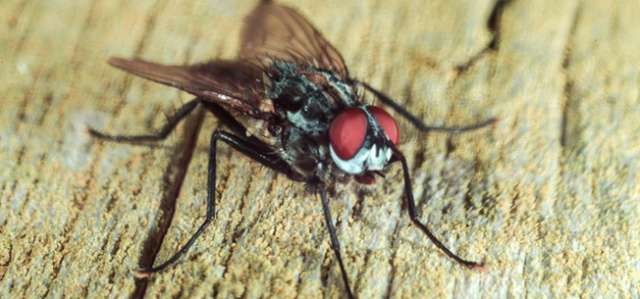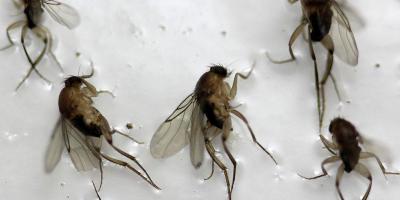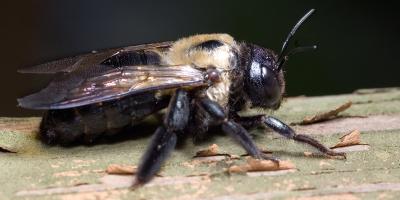Life On Planet Earthworm: Where Those Annoying Swarms of Cluster Flies Really Start

One of the most common misconceptions about insects, particularly flies, is that they only have to be dealt with during the warmer months of the spring and summer. Any New Englander who knows the struggle of a bout with cluster flies would gladly confirm that this is a misconception. Cluster flies, the larger, lazier incarnations of common houseflies, get their name from an instinctual tendency to huddle together. The predominant reason behind these flies swarming inside of homes is the same reason that they cluster: to seek warmth.
The good news is that these swarms of flies aren’t really looking for much aside from warmth. They aren’t coming indoors to feed or to breed, two things that other common home-invading flies thrive off of when inside of homes. The large clusters of flies that we dubbed "lazy" above seem that way because they are actually inside to enter diapause.
The "Big Pause"
Diapause is a period where the development of the species is suspended to cope with prevailing unfavorable conditions. Essentially, it’s the insect version of hibernation. When inside, cluster flies seek out attic corners or other inconspicuous places to bunker down for the winter. So typically are they found in attics that they are often referred to as “attic flies”. If cluster flies are seen exploring more exotic locale inside of the home, it generally means a winter warm spell has prompted them to assume conditions are getting better.
The Dirt On Cluster Flies
Cluster flies are, for the most part, innocuous pests that seem to have picked up on the “out of sight, out of mind” mentality of a lot of homeowners. Understanding their behavior indoors is as easy as getting rid of them, but understanding why they choose the homes that they do can help to prevent their next stay altogether. While other flies flock to filth, the house with the nicest lawn and garden is the most threatened home on the block when it comes to cluster flies.
If a handful of soil has a few earthworms sticking out between fingers, the problem has been found. Female flies lay their eggs in earthworm-rich soil, which is exactly the kind of soil that has the right nutrients for a healthy garden. The larvae dig through the soil in search of a host earthworm to parasitize. The cluster fly maggots live on “planet earthworm” until there’s not much left for them to feed on, then pupate into their adult shape. Adult cluster flies then mate and continue this cycle throughout the warm season, making the home garden quite literally a hot bed for reproduction.
Breaking The Huddle
So they’re harmless (unless one were to ask an earthworm) but, unfortunately for the timid species, very few homeowners are willing to wait out the winter until these flies move on. At JP Pest Services, we know how big of a nuisance cluster flies can be around the home. We offer free residential estimates for any New England homeowners who are looking to clean up the cluster.



